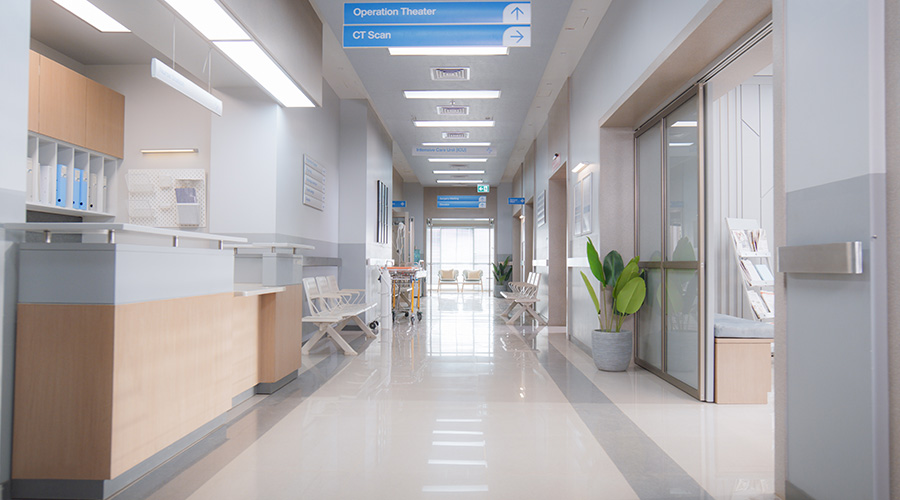To remain competitive, many contractors are looking at a multi-trade prefabrication and modularization approach to building, according to an article on the Medical Construction & Design magazine website.
Many healthcare projects are now using prefabrication for bathroom pods, headwalls and mechanical/electrical/plumbing (MEP) racks.
According to the article, some key points to remember when considering prefabrication are:
• Collaborate and plan for prefabrication early in the design phase
• Get buy-in from important stakeholders — owner, architect, engineer and subcontractor — early
• The use of BIM is critical
• Mockups are crucial to getting everyone on the same page
• Prefab is an especially attractive option for fast-paced projects or sites that have logistical or storage challenges
• Cost and time savings increases with repetition of prefab components
• Weather can be easier to deal with when prefab is occurring in a controlled environment
• Avoid prefabrication of ADA bathrooms to achieving dimensional code compliance

 What to Consider When Modernizing Healthcare Facilities
What to Consider When Modernizing Healthcare Facilities Corewell Health Beaumont Troy Hospital to Build New Tower
Corewell Health Beaumont Troy Hospital to Build New Tower LifeBridge Health Entangled in Oracle Health Data Breach
LifeBridge Health Entangled in Oracle Health Data Breach Building Disaster Resilience Through Collaboration
Building Disaster Resilience Through Collaboration Tampa General Hospital Acquires 53-Acre Property in Citrus Hills
Tampa General Hospital Acquires 53-Acre Property in Citrus Hills